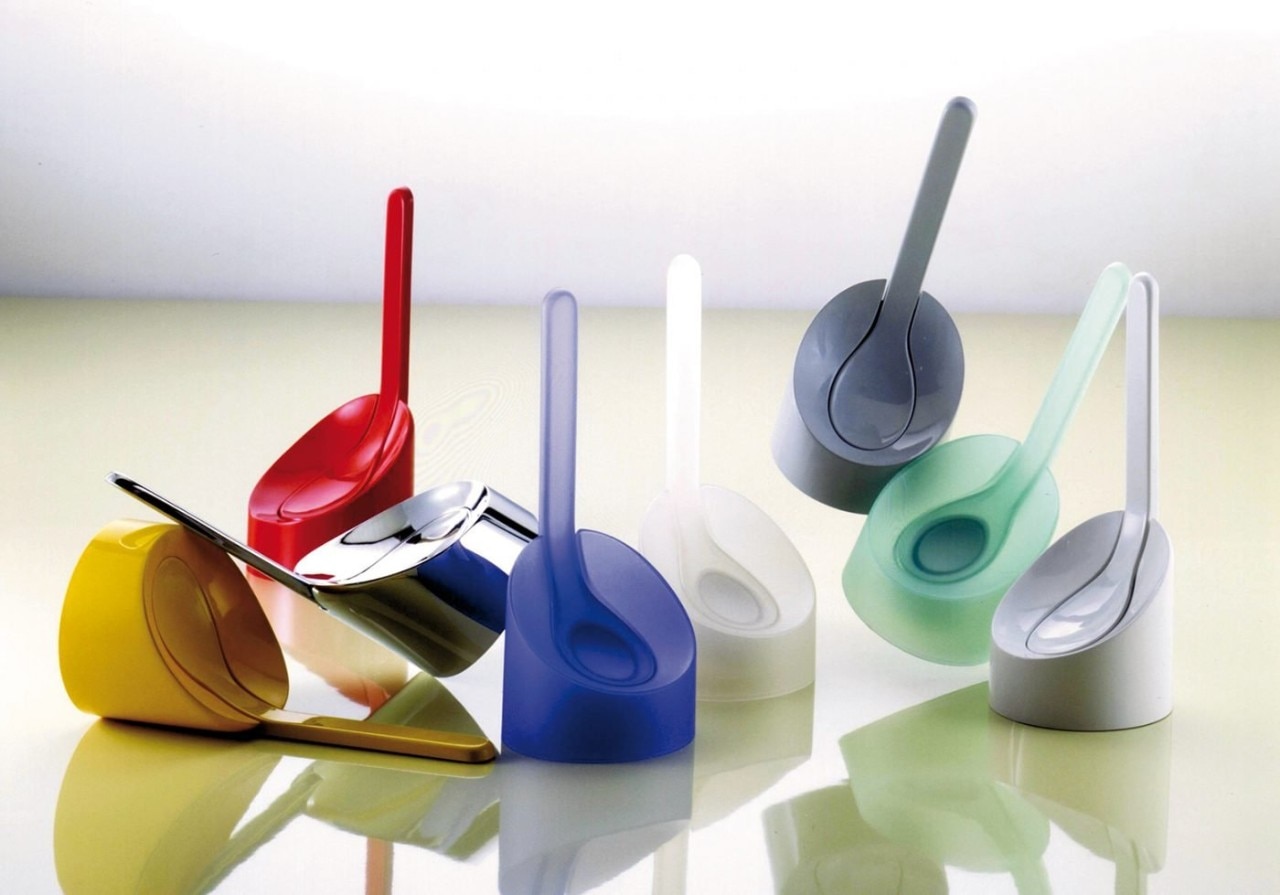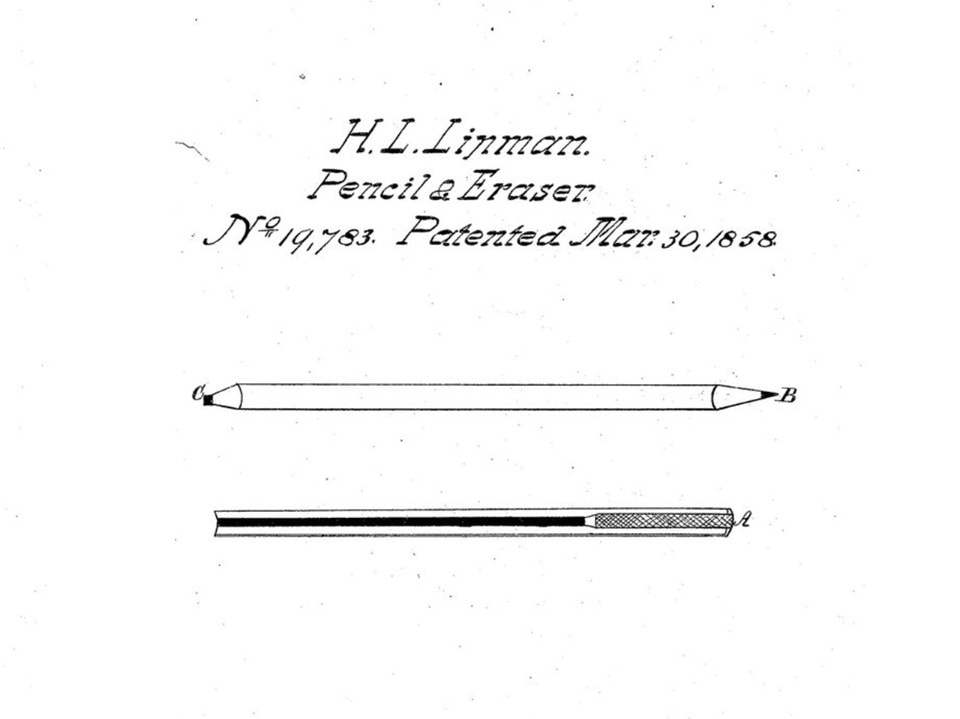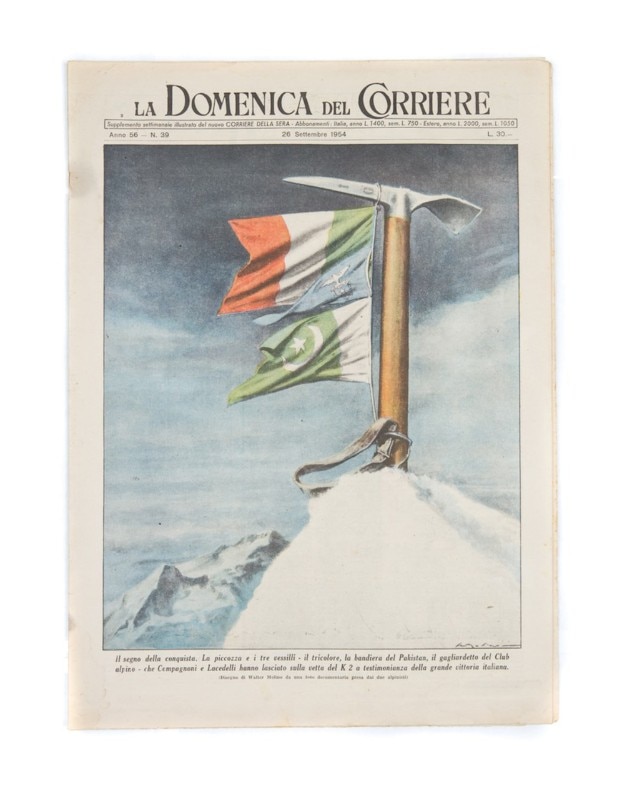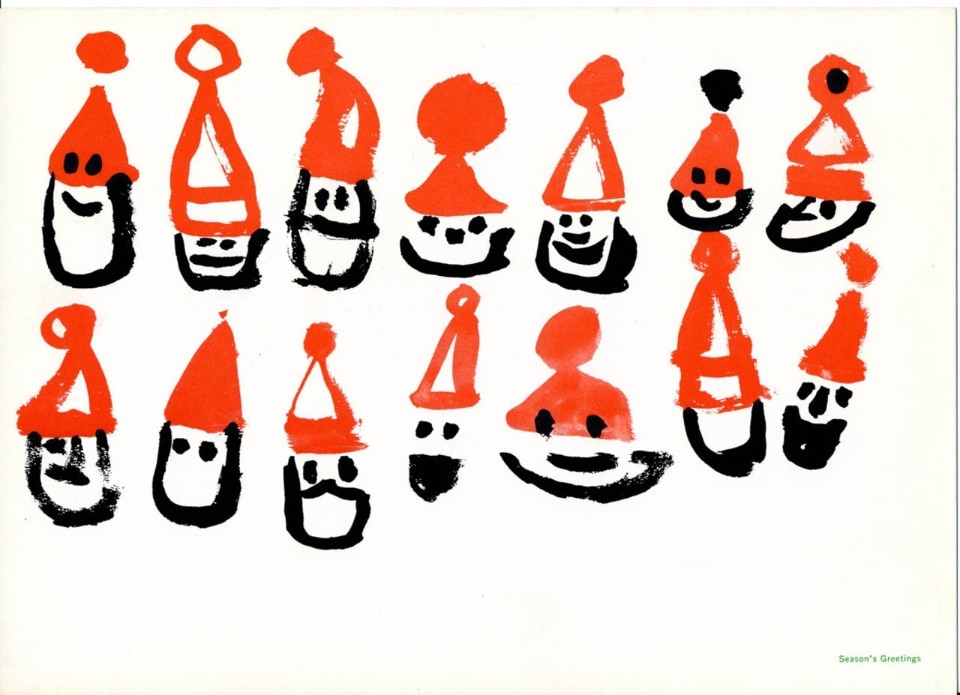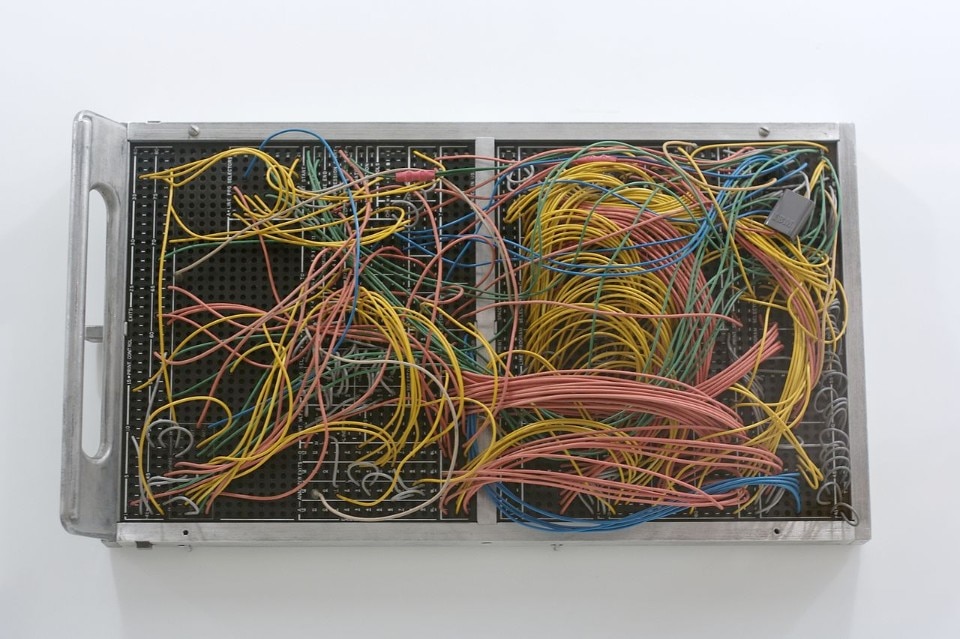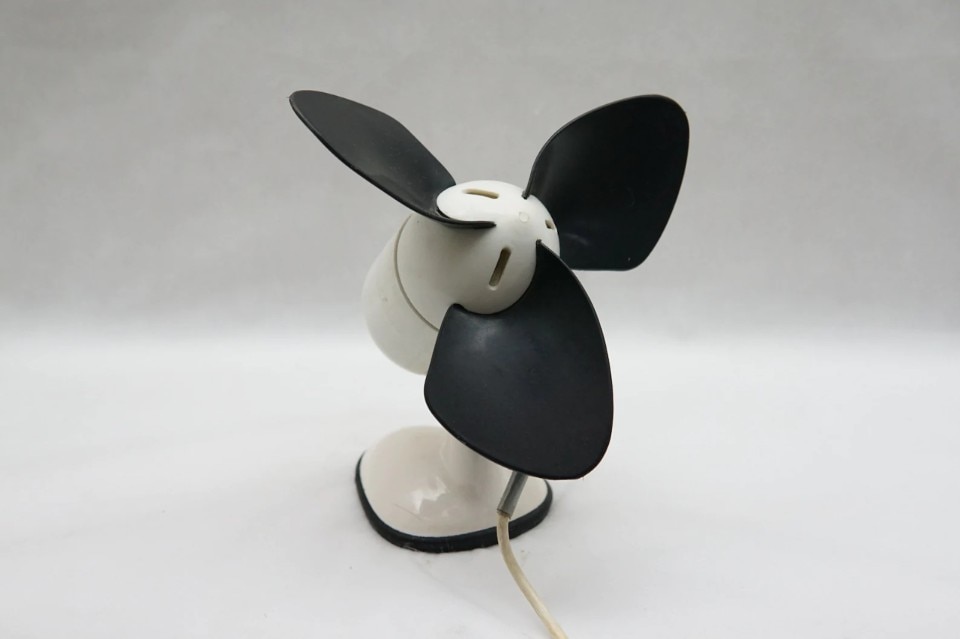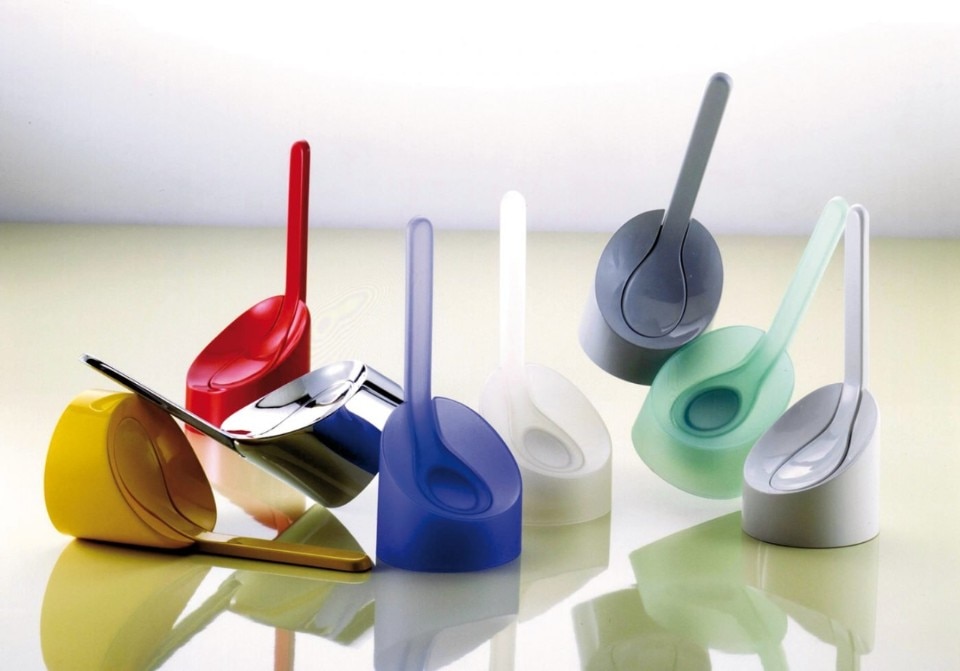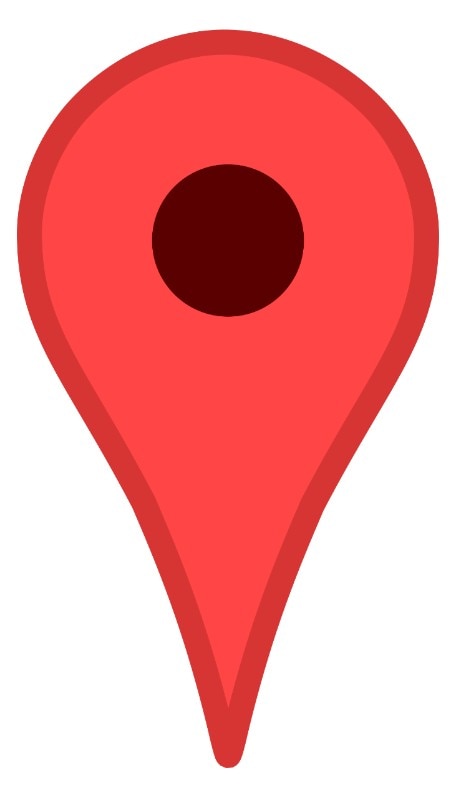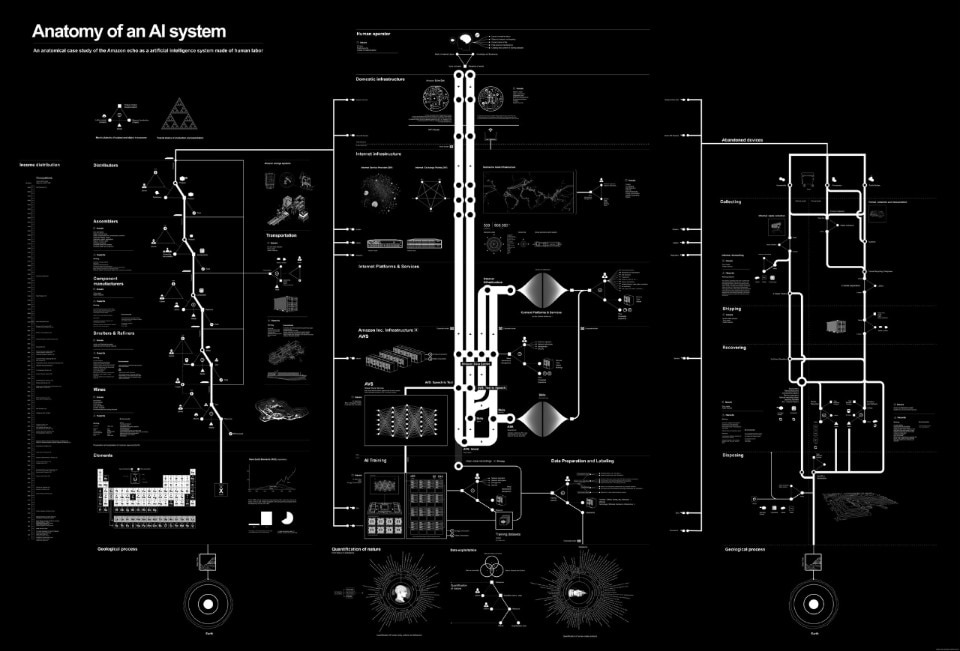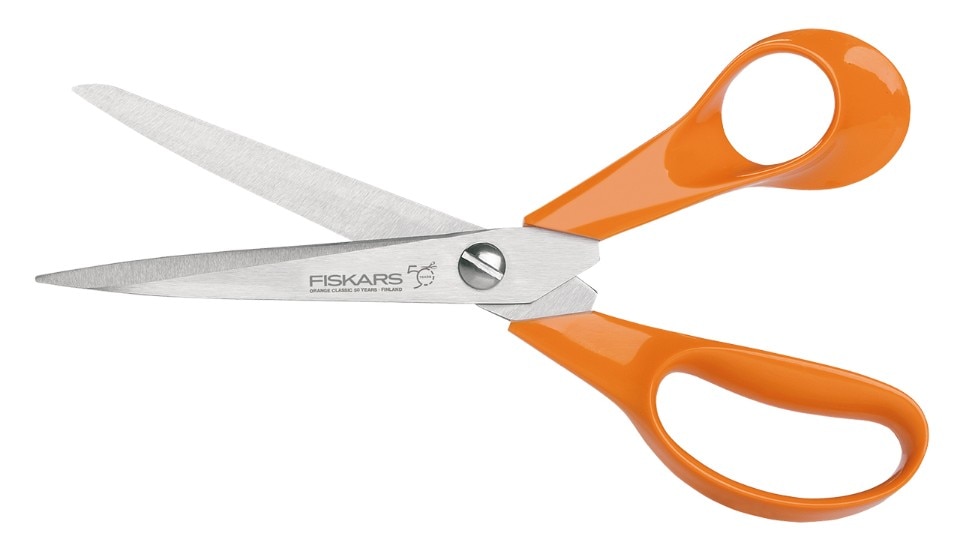“If you’re too dogmatic with your criteria, you won’t be able to work with new categories of design that emerge. If you’re flexible, as we tend to be at MoMA, then you can embrace new categories. What you want is for your criteria to bend, not break,” says Paola Antonelli, Senior Curator of Museum of Modern Art’s Department of Architecture and Design.
When she was interviewed at Triennale Milano in June 2018, the New York museum's Design Collection had around 5,500 objects. Looking at the section of the website dedicated to the collection, today we find instead 8,062 works (between those documented and published). Browsing the museum's online archive makes us realise just how wide-ranging, expanding and embedded in our lives the contemporary idea of design is. We find not only the great figures in the history of the discipline – from Marcel Breuer to Neri Oxman, via Sottsass and Castiglioni – but also anonymous objects, technical instruments or elements that we would never associate with design, but which have proved important in the evolution of our material culture.
What Jasper Morrison and Naoto Fukasawa called “super normal” objects are undoubtedly one of the most interesting categories: they represent all those products that silently surround us, hiding incredible stories and successes. Another set of elements in the collection are those related to the digital transition we are experiencing: if it is normal to identify as “design” a chair, a table or a handle, it is much less easy to consider the tools that define the web as icons, pointers...
Paola Antonelli tells us the behind-the-scenes story of each acquisition: “Collecting in a place like MoMA is not something that happens overnight. We basically have to write a treatise on every single object we want to acquire. We have to justify it, document it. Funnily enough, the ‘@’ sign that we acquired in 2010 flew through the acquisition committee like there's no tomorrow. It was more of an internal problem with some of my colleagues, who really could not comprehend the meaning of the ‘acquisition’. Videogames were much harder. They were perceived as a threat to the purity of design and art of the whole MoMA collection.”


